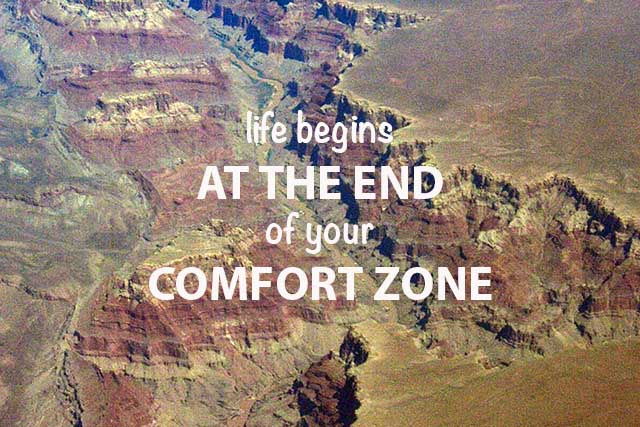
Here we go again. Just when we thought things wouldn’t change, they did. Change seemingly always happen, despite the many times you heard or said they would not. Like death and taxes, transition in life is a guarantee.
How are you with coping with change? Do you face new beginning trepidation? How are you with endings?
Throughout the different stages of life – life’s transitions – we all have to face them, deal with them and get through them.
A transition can mean daunting change
Whether you are going through a job change, separation or divorce, a health change, the loss of a loved one, succession planning, change can be daunting. Our brains are wired to resist change, and the majority of us choose to resist even when the change is positive. We like to be in our comfort zones. Staying there is, shall we say, “comfortable!”
One thing I’ve learned over the years is that what you resist persists. While other societies prepare people for change and transitions, we need to do a better job preparing ourselves instead of it feeling like we face a daunting task. Life transitions do not have to be daunting. Know that every transition begins with an ending.
During life’s transitions, it is important that we let go of the old before we pick up the new. Dealing with things both outwardly and inwardly has to occur for a healthy transition period to follow.
Outward changes can be made, such as moving from one home to another, a new job, and new relationships. Inward changes are harder: in the example about moving, we must deal with what comes along with a move, such as our connections to people and familiarity with the new location.
Another example: I’ve been working with people going through life (separation, divorce) and career transitions. People feel they can adequately prepare by having their finances in order, choosing a place where they want to live (outward), and developing new interests (inward). There are challenges along the way that can be eased when we understand a three-phase process of transition.
Three areas of transition
According to William Bridges, author of Transition, Making Sense of Life’s Changes, all transitions involve the following three areas:
- An ending;
- A neutral zone (where we can go through periods of confusion); and
- A new beginning.
Recognizing these will help everyone with change.
Another important element in this area is learning to differentiate between change and transition. It seems these terms are often confused. Change is situational. It is external. For example starting a new job, moving to another city, getting a new boss, experiencing the birth of a baby or the passing of a loved one are all changes.
Transition requires change, but change does not mean transition
A transition is an internal process, such as actually accepting or incorporating any of the above.
Transitions take time. Typically people are looking for new beginnings. But they haven’t let go of old situations. Be aware that beginnings and endings come with bumps in the road. Resist being thrown off by those bumps.
Even though you may be heading in a positive new direction, this doesn’t mean that your changing situation will happen without challenges. But remember that they can be managed. Just knowing that is helpful.
As Bridges puts it, “we are not comfortable in the confusing nowhere of in-between and of launching forth again with a new situation.” During transitions, many confusing or disorienting what ifs can and do arise.
Life equals growth
Throughout life we grow. This natural process involves periodic accelerations and transformations. Time goes by and nothing seems to happen. But then we begin to glimpse the signs of change. Change is the new norm. To be healthy today we will have to figure out ways of dealing with change productively.
The process of going through transitions is based on a theory of personal development and not just a manual on how to cope.
Going into a transition with a positive attitude will help with the associated processes of disorientation and reorientation.
Successful transitions can also help with unexpected losses.
According to Bridges,
“we come to identify ourselves with the circumstances of our lives. Who we think we are is partly defined by our roles and relationships, those we like as well as those we don’t…. transitional situations bring this paradox to the surface and force us to look at negative and positive aspects of our life situations.”
While changes and transitions all have their ups and downs, having rituals to work through them seems to help. We all have rituals. They are helpful no matter what change or transition we are going through. But when our lives are in a state of disruption by changes or transitions, there is a resulting feeling of disorientation.
The importance of meaningful rituals
Individuals feel comfortable with things that are familiar and actions that are practiced consistently, particularly when other things around them are changing. Our self-talk (our internal dialogue, the things we say to ourselves) is impacted by change, and reacts by getting louder and faster.
This happens because our ego is doing everything it can to keep us safe and because it doesn’t like change.
The ego likes the status quo. Therefore, another impact on our self-talk is that our status quo ego makes the process of change and transition more challenging.
Some rituals can help us to better cope with change and transition.
For example, I begin my day with meditation, setting my intentions and writing down three things I am grateful for. No matter where I am, I begin my day this way so that I feel centered and grounded. Because I know the impact of self-talk. Having my morning rituals helps make things go more smoothly. Performing my rituals is something I know I can count on, and it always makes me feel better, no matter what is going on in my life.
Since change and transition are a definite part of our lives, what can you do for yourself, what rituals can you perform to make it smoother sailing no matter which way the winds of change and transition may blow?



